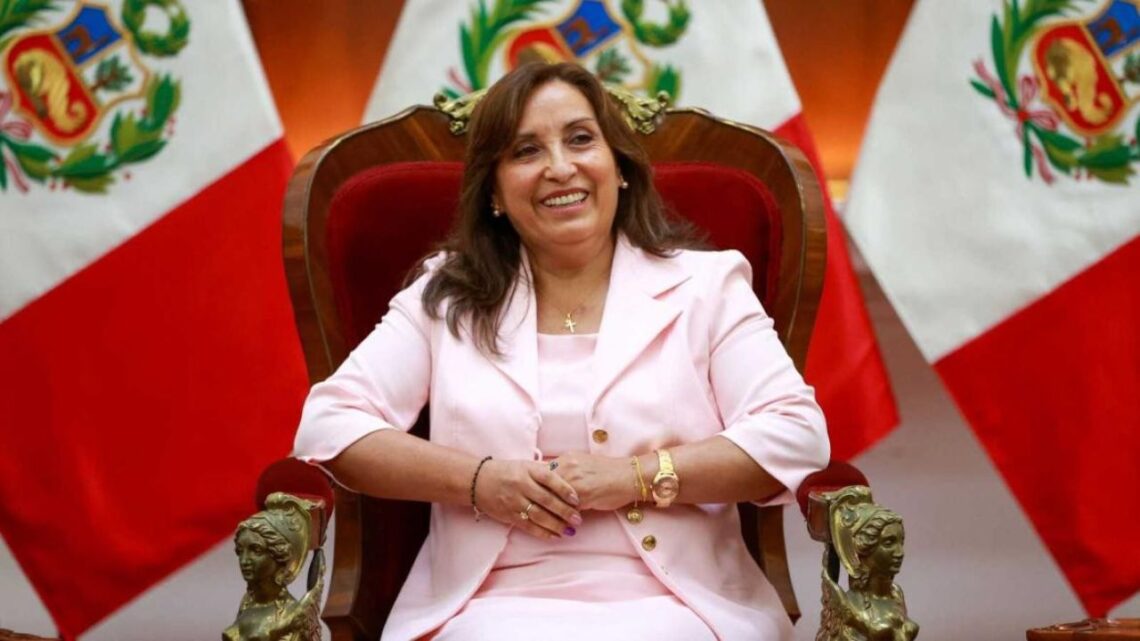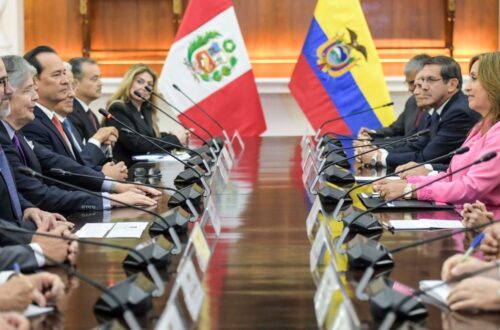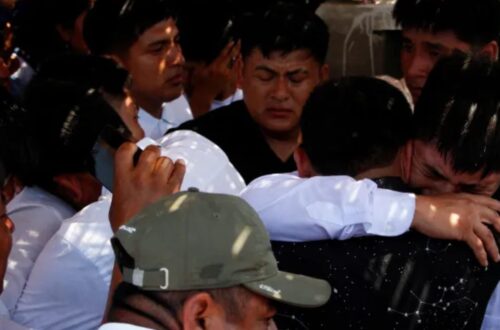In a stunning escalation of Peru’s ongoing political turmoil, the Peruvian Congress has moved rapidly to fast-track impeachment proceedings against President Dina Boluarte.
The decision comes amid mounting public anger, surging crime rates, and allegations of corruption that have deeply eroded confidence in her leadership. With the nation on edge, this marks one of the most serious political showdowns since her administration began.
Background: How Peru Reached This Point
President Dina Boluarte took office in December 2022, following the ouster of former President Pedro Castillo. Her term began under controversy, and since then, she has struggled with widespread protests and a declining approval rating that has sunk as low as 2–4% in recent polls.
Over the past year, Boluarte’s government has faced multiple accusations of illicit enrichment, particularly following a high-profile luxury watch scandal that raised questions about transparency.
Despite these controversies, the Constitutional Court previously granted her immunity from criminal investigations until her term ends in July 2026 — a move that many Peruvians criticized as shielding her from accountability.
Congress Moves Swiftly: Impeachment Timeline
The impeachment process gained momentum in October 2025, when several opposition lawmakers filed four separate motions to remove Boluarte from office on grounds of “permanent moral incapacity” and failure to manage rising violence.
During an emergency session in Lima, Congress voted overwhelmingly to accept the impeachment motions, surpassing the 56 votes required to open formal debate.
Political insiders report that more than 80 members of Congress supported the measure, with projections indicating that the opposition could reach the crucial 87-vote threshold needed to officially remove her from power.
If the impeachment proceeds, Boluarte will be required to appear before lawmakers to defend her administration before a final vote is held.
Key Facts About the Impeachment Process
| Indicator | Details |
|---|---|
| Total seats in Congress | 130 |
| Votes needed to begin impeachment debate | 56 |
| Votes required to remove Boluarte | 87 |
| Motions filed | 4 |
| Boluarte’s approval rating | 2–4% |
| President’s term ends | July 2026 |
| Key issue driving impeachment | Rise in crime, corruption allegations |
The Crime Wave That Sparked Outrage
Public frustration reached a breaking point after a deadly shooting at a concert in Lima, which left several people injured and reignited debate over Peru’s deteriorating security.
The country has seen a sharp increase in violent crime in 2025 — with over 6,000 homicides recorded between January and mid-August, the highest level in nearly a decade.
At the same time, extortion complaints have surged, climbing by nearly 30% compared to 2024. Many lawmakers have accused the government of failing to implement strong policing reforms or strategies to contain organized crime.
These statistics have become a rallying cry for opposition members, who argue that Boluarte’s government has lost control of public security and, therefore, the moral authority to govern.
Political Dynamics in Congress
This impeachment effort stands out from previous ones due to its unusually broad support. Major political blocs, including both centrist and conservative factions, have aligned behind the motion — signaling a rare consensus in a legislature typically divided by ideology.
For the first time, the largest congressional bloc publicly declared its intention to vote for Boluarte’s removal. Key figures have described the process as a “constitutional duty”, insisting that only leadership change can restore stability and public trust.
However, challenges remain. Boluarte still enjoys the backing of a handful of loyalist lawmakers and some regional governors who warn that her removal could deepen instability and deter investment in the already fragile Peruvian economy.
Public Reaction
Public demonstrations have intensified in recent weeks. Thousands of citizens, especially youth and rural activists, have taken to the streets demanding Boluarte’s resignation. Protesters accuse her administration of prioritizing political survival over social and economic reforms.
Security forces have been deployed in major cities, and reports of clashes have surfaced in Lima and Cusco. The ongoing protests have paralyzed parts of the transportation network and added further pressure on Congress to act swiftly.
What Happens If Boluarte Is Removed
If Congress votes to remove Boluarte, the Vice President’s office, currently vacant, complicates succession. In such a scenario, the President of Congress would temporarily assume the presidency, likely triggering a constitutional crisis or early elections.
This would make Boluarte the seventh Peruvian president to leave office prematurely since 2018, underscoring the nation’s chronic political instability.
The impeachment proceedings against President Dina Boluarte have pushed Peru into a critical moment of uncertainty. With violent crime rising, political alliances shifting, and public trust at historic lows, the country faces a pivotal crossroads.
If Boluarte is removed, it could signal yet another chapter in Peru’s long cycle of presidential collapses — but if she survives, her government must urgently address the country’s social unrest and security crisis to regain legitimacy.
Either way, the next few weeks will define the direction of Peru’s democracy for years to come.









